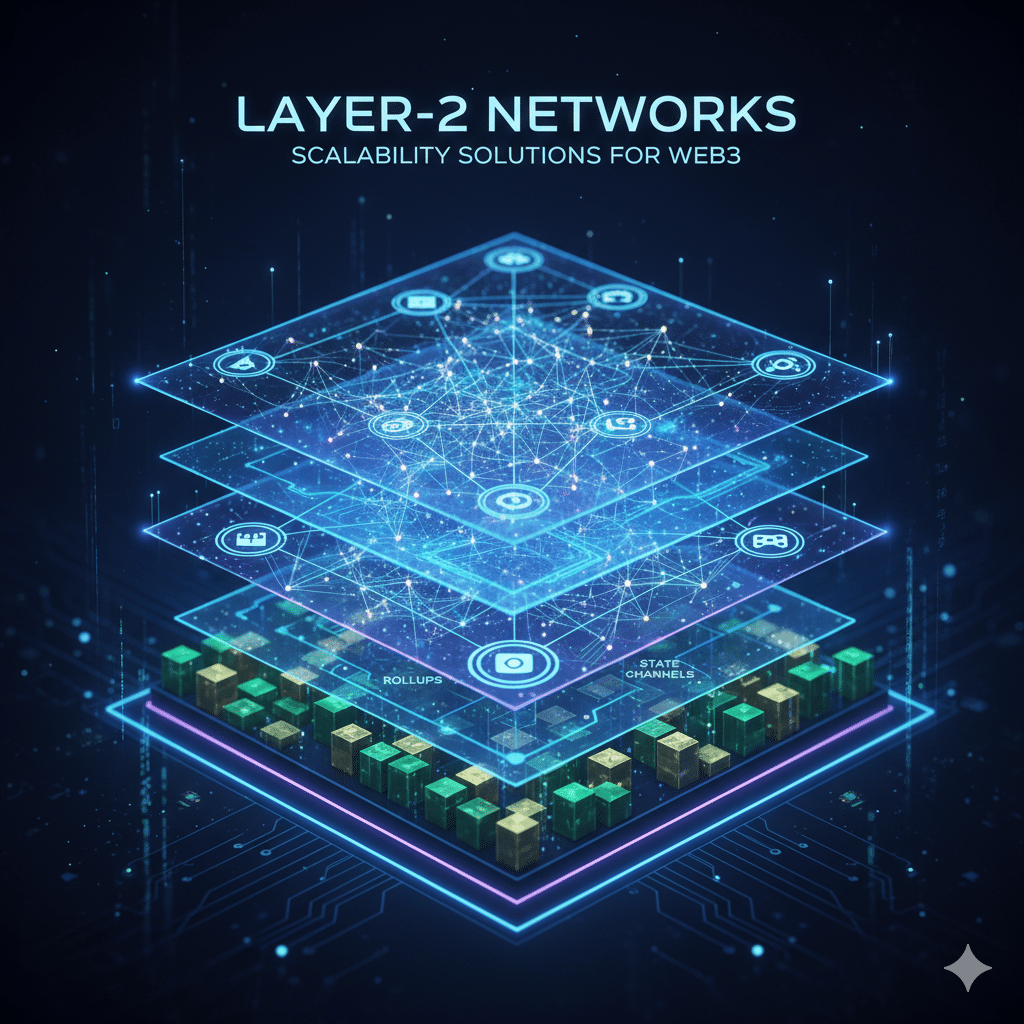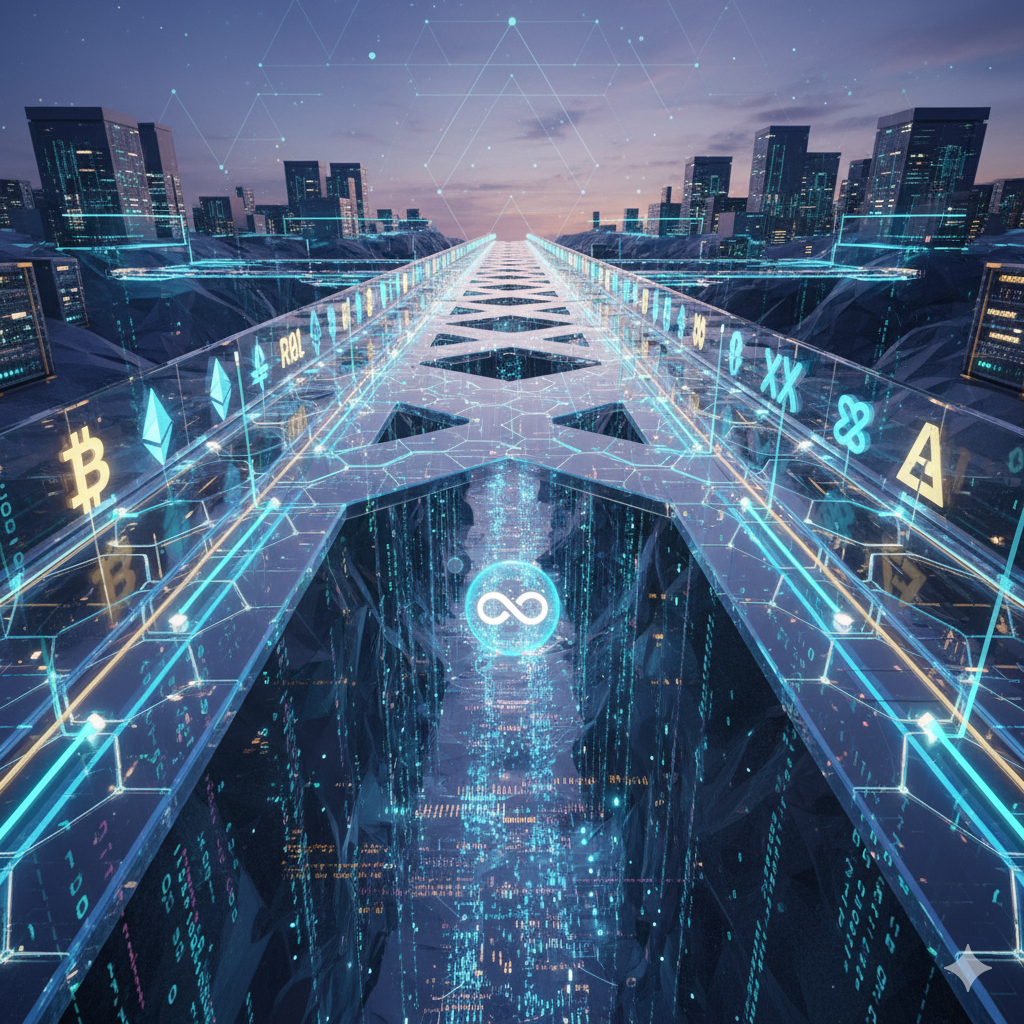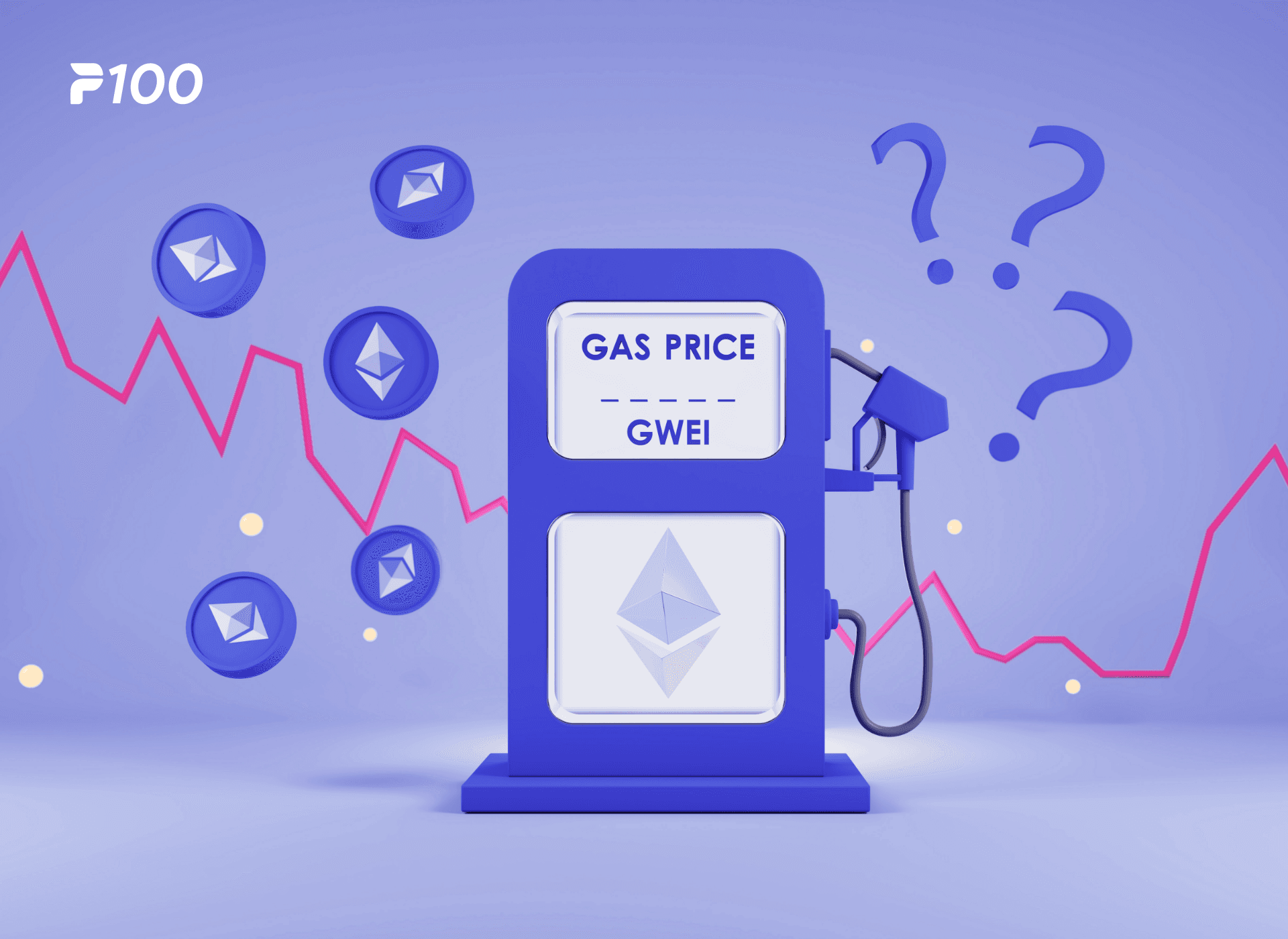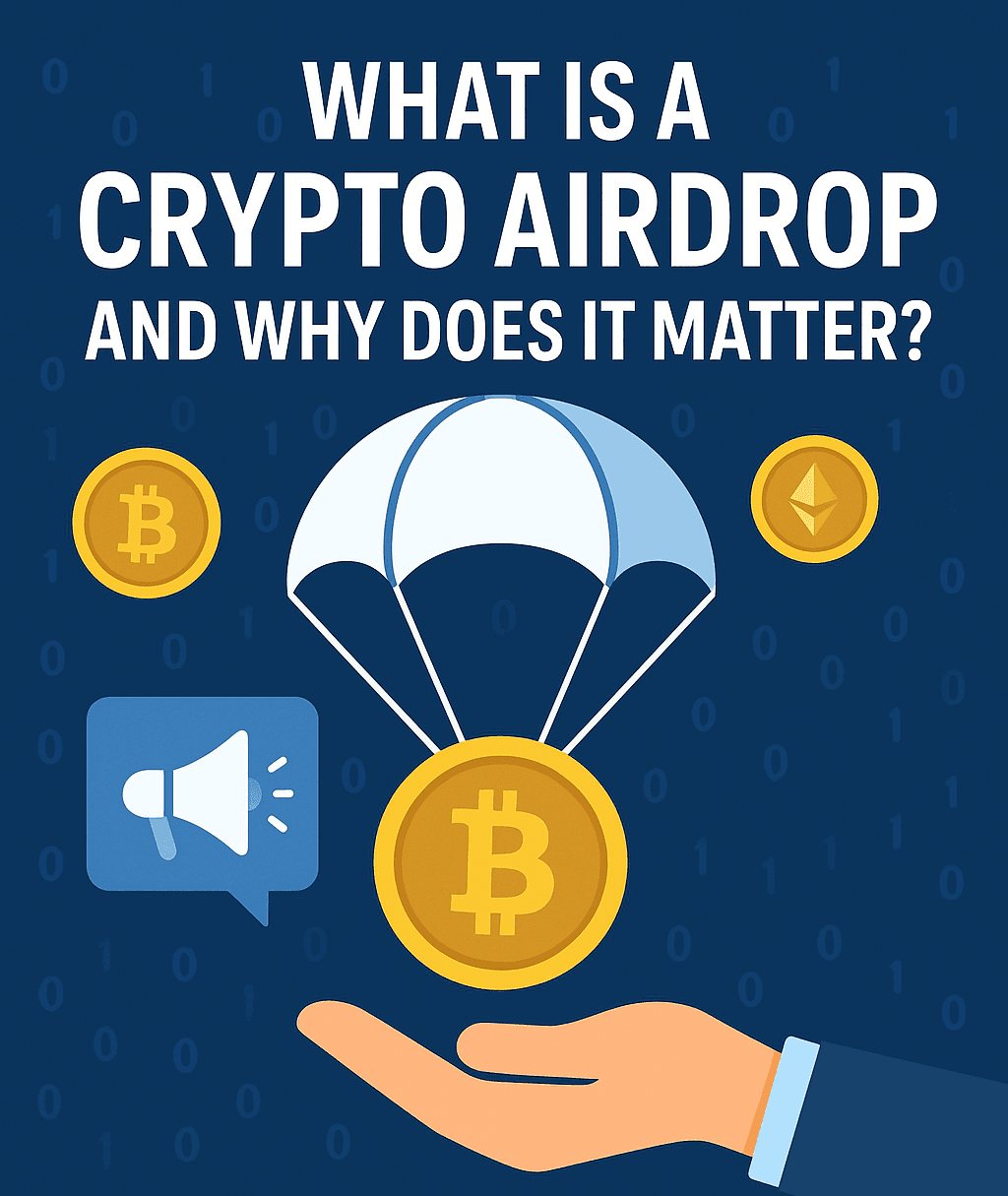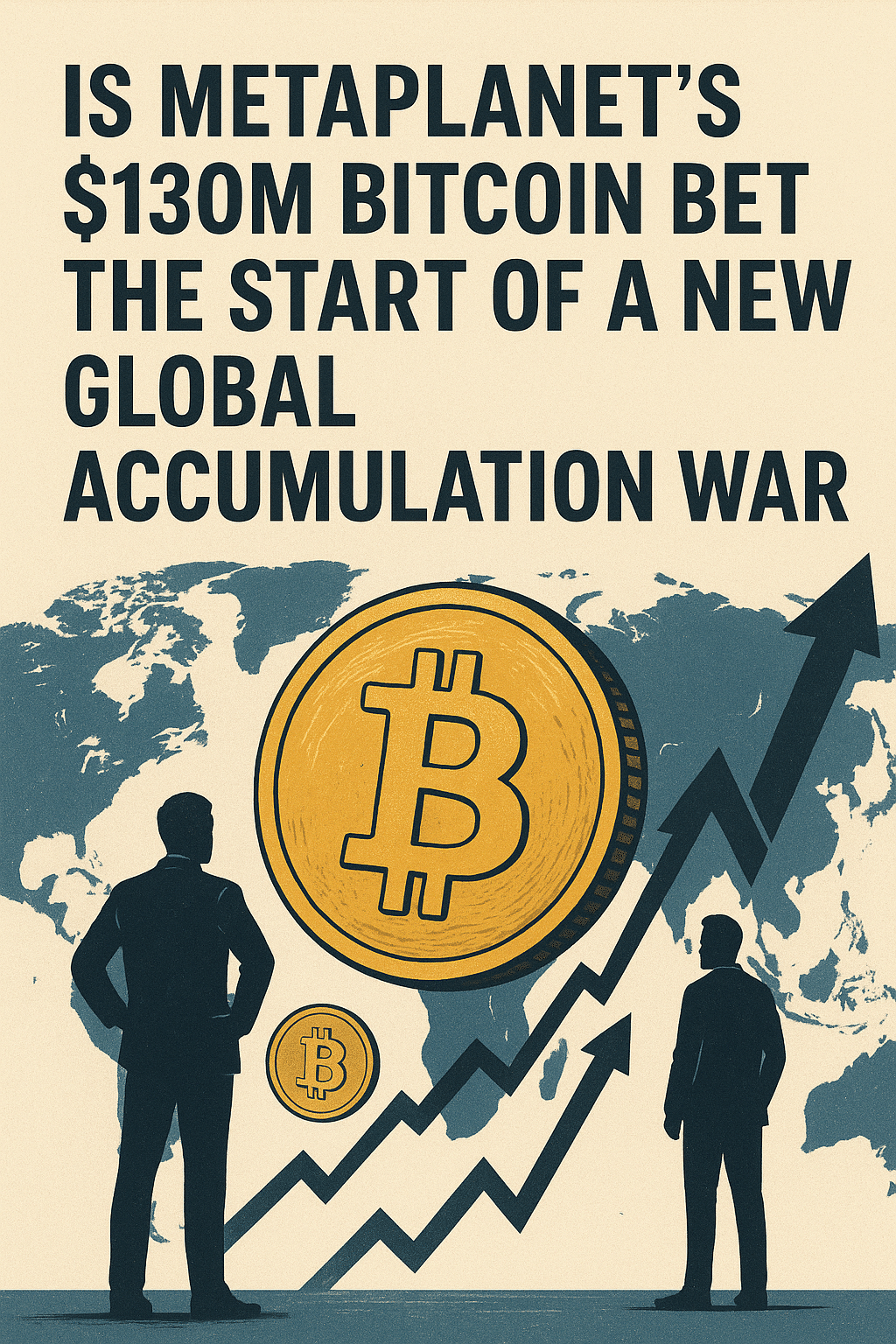Disclaimer: This article is for informational and educational purposes only. It does not constitute financial, investment, or legal advice. The cryptocurrency market is highly volatile, and you should always conduct your own research (DYOR) and consult with a qualified professional before making any investment decisions.
The idea of using NFTs in gaming, tickets, or identity has transformed this industry beyond the walls of digital art. NFTs are unlocking their real-world utility in the Web 3 era, where the occupier is feeling true power in the gaming section, as well as buying event tickets through it. It also helps in redefining the digital identity and financial transparency for one.
This guide will help you understand how this technology is reshaping the user’s everyday experience with NFT 2.0.
NFT Use Cases Beyond Art: Exploring Real-World Utility
People think of NFTs (Non-Fungible Tokens) as an expensive piece of digital art. This was the case in the beginning, but things have changed now. The industry of NFTs has evolved and become a transformative technology for multiple industries, like gaming and identity verification, to ticketing and finance.
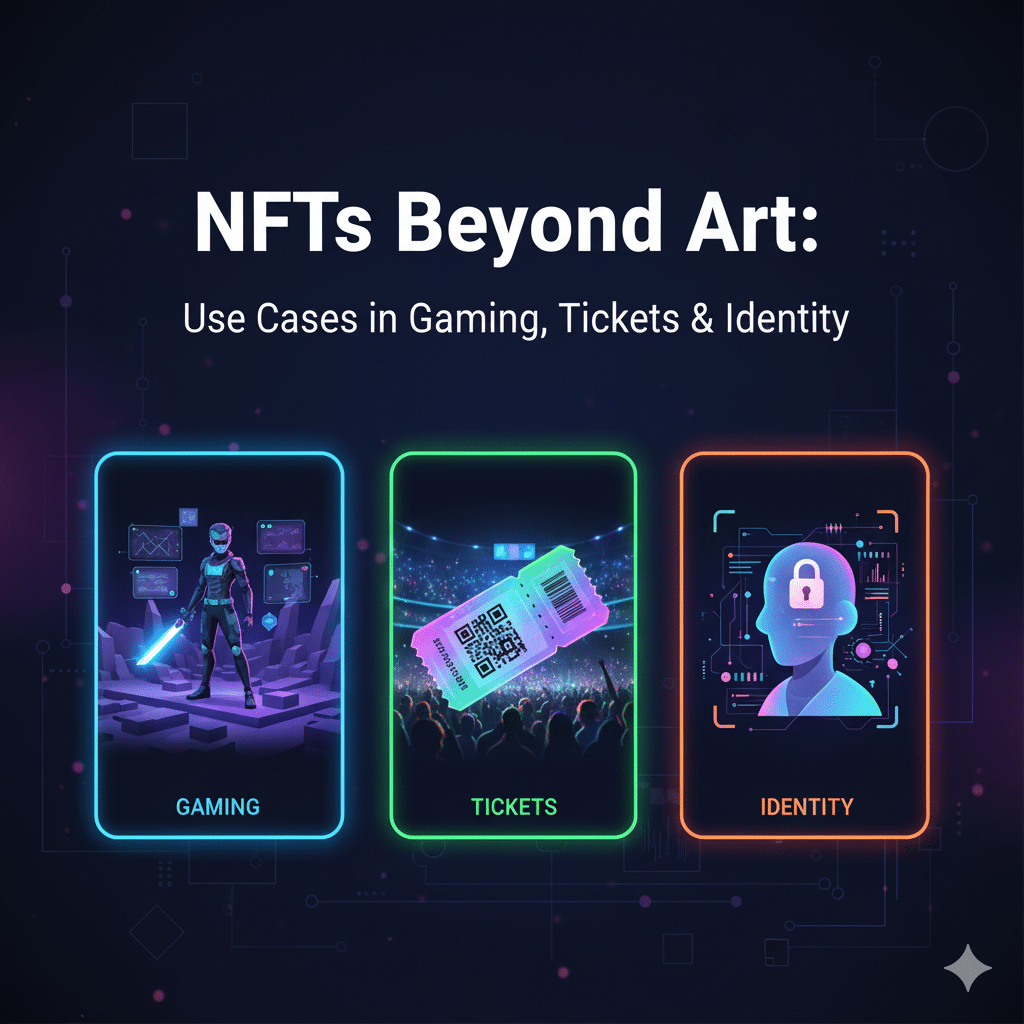
These industries help us understand how NFTs Beyond Art is taking over and reshaping the landscape of the digital and real world.
What Exactly Are NFTs and How Do They Work?
Before we jump further into the above-mentioned industries, it is very important to know what it actually is and what will be its real-world NFT use cases.
NFTs (Non-Fungible Tokens are unique digital assets that are recorded on blockchain, and it is way different then cryptocurrencies like Bitcoin or Ethereum.
- Cryptocurrency: It is a Fungible (One unit equal to another). Much like digital currency.
- NFTs: These are unique and non-fungible. Each NFT token carries specific data that verifies its authenticity, ownership, and history.
If we put it in a simple way, it is a token standard like ERC-721 and ERC-1155 that defines how these tokens are created and transferred via blockchain.
(You can learn more about how these standards differ in our detailed guide on token standards, which helps NFT technology explained).
Now this model allows NFTs to be more than just collectables; they can now be represented as the ownership of digital and real-world assets.
The Evolution of NFTs: From Digital Collectibles to Real-World Applications
NFTs took off from being digital art and collectables in the beginning; the most prominent examples are CryptoKitties and Bored Ape Yacht Club. But with time and evolution in the blockchain technology, it evolved and became a utility from a novelty as NFT 2.0. Today, NFTs can perform specific actions in multiple applications.
Nowadays, NFTs are used in multiple industries, like,
- Gaming: To own digital assets
- Identity: Allow users to get verifiable credentials.
- Ticketing: Helps to get access passes/tickets for events.
- Finance: It allows you to tokenize real-world assets.
This way, NFTs are building a value-driven ecosystem where you can actually use NFTs to buy something instead of treating them as collectables.
Authenticity and Proof of Ownership Through NFTs
Another great thing about the NFT is that it solves the problem that is faced is authenticity. In the past, you had to rely on some company databases, and those systems could get hacked. But now with blockchain, it proves that you actually own something digital.
NFTs flip that script. Your ownership information lives directly on the blockchain, where every transaction is out in the open for anyone to check. Try to fake an NFT or copy one? You’ll get caught immediately because the entire history is right there.
For companies, this creates a foundation of trust that didn’t really exist before. For regular people, it means you genuinely own your stuff—that rare skin in your favorite game, those concert tickets you bought, whatever. It’s yours, probably.
Bottom line: NFTs give us a way for a proof-of-ownership system that works everywhere, can’t be tampered with, and anyone can verify.
NFTs in Gaming: Powering Digital Ownership and Player Economies
Gaming might be where NFT use cases really shine. Look at how things work now—you drop money on skins, weapons, cool cosmetics, all that stuff. But here’s the thing: you don’t actually own any of it. Game gets shut down? Account banned for whatever reason? Poof. Everything’s gone.
With NFT gaming assets, your experience of the game changes entirely. When your items exist as tokens on the blockchain, they’re genuinely yours. You can acquire digital assets for your AVATAR in any game now, and if you don’t want them, then trade them to other players. Some games are even building systems where you could potentially use items across different games.
Imagine selling that ultra-rare sword you earned to someone else for actual money. Or maybe that character skin you bought gives you VIP access to tournaments in a completely different game. Wild, right?
This whole approach flips the script—games start looking more like actual economies run by the players themselves, where your digital stuff has real value. Game developers win too, since they can program smart contracts to automatically get a cut whenever items get resold.
You’ve probably heard of games like Axie Infinity or Illuvium. They’re proving this isn’t just some tech fad. We’re watching the early days of what gaming could look like going forward—real ownership, real economies, real value for players.
Interoperable Gaming Assets and the Future of NFT-Based Economies
The interoperability thing is where it gets really interesting. Picture this: you buy a sick sports car in one racing game, and then—wait for it—you can actually drive that same car in a totally different game. Sounds like science fiction, but it’s becoming real.
It works because NFTs can be built using standard formats that different games recognize, all living on the same blockchain infrastructure. We’re still early, but you can already see where this is headed—games teaming up, shared virtual worlds, and entire economies that span across multiple platforms.
NFTs for Identity and Verification in the Digital World
Now this is the area where things get interesting, and it’s the NFT application in NFT Identity Verification. Nowadays, where the world is full of fake accounts and data breaches, NFTs can provide DIDs (Decentralized Digital Identity).
Applications in Industry are more commonly used as NFT diplomas for universities, NFT credentials for employees, Digital passports, and much more.
These applications of NFT identity can be pulled in different sectors and help us replace the traditional logins and paper-based systems.
NFTs in Finance: Secure and Transparent Transactions
NFT in finance is a groundbreaking discovery that has revolutionised the way we handle our assets. It can help you represent the real-world assets like real estate and stocks as luxury goods and other things. By tokenizing these items, you can easily bring liquidity into the market.
For instance:
- You can easily split your property into fractional NFTs so multiple people can co-own it.
- It can help you trade your collectables (Vintage cars or art) globally through its marketplaces.
It also supports the stacking mechanism, where it provides holders the option to lock their tokens to earn rewards.
(You can learn more about this process in our guide on what is staking in crypto).
NFTs for Event Ticketing and Loyalty Programs
NFT-based Ticketing has solved the stone age way of selling tickets that is prone to fraud and duplication. It solves the problem by being more verifiable and unique assets. It will help event organizers to track ticket transfers more easily.
These NFT tickets can be used to lure more audiences with the option to unlock exclusive perks like meet and greet and backstage passes.
Legal and Technical Challenges in NFT 2.0 Adoption
The adoption of NFT 2.0 is no doubt exciting, but it isn’t without hurdles.
Legal Challenges
As the application of NFT is not widespread, it raises multiple questions about its intellectual property, regulatory compliance, and copyrights.
It raised legal questions like
- How do consumer protection laws apply?
- Governments are still defining frameworks to handle these issues.
Technical Challenges
Although it’s a booming industry, the technology still needs refinement to achieve mainstream adoption. However, innovative projects are already addressing these limitations by building a more scalable and user-friendly infrastructure for NFT 2.0
Emerging NFT 2.0 Use Cases Shaping the Future
There are multiple use cases of NFT technology across industries.
Health Care: Keeping medical data safe by applying NFT-based medical records.
Supply Chain: You can use NFT tokens to track goods and ensure transparency.
Real estate: Use Token to sell real estate in NFT marketplaces.
Social Media: Use and true ownership of digital identities on your social media.
Gaming: Help to get widgets for your AVATAR in games, and you can also trade them with other players.
These examples represent the future of NFT and how it is taking shape.
Where to Explore, Mint, and Trade NFTs Online
If you are new and trying to explore the NFT world on your own, then here are some popular marketplaces where you can buy, sell, or create tokens.
- OpenSea – Deals in all kinds of NFT Tokens
- Magic Eden – More focused on gaming and Solana-based NFT projects.
- Rarible – A platform of customizable royalties.
To use these marketplaces, you’ll first need the blockchain’s native crypto (like ETH for Ethereum or SOL for Solana). You can get this from a central exchange or, if you prefer to have full control of your assets from the start, from a non-custodial retail platform like Zavros Network.
It is better to get guides that explain NFT technology before you dive into the world of NFT.
Final Thoughts: The Expanding Utility of NFTs Beyond Art
For the final verdict, it is safe to say that the world of NFTs is beyond art and rapidly growing into a more secure ecosystem with great future opportunities. From NFT gaming assets to NFT identity verification, the application of this technology is immense.
It will lead us into the era of the digital economy, where the ownership is way more transparent than it ever was, where the user is empowered.
Although the challenges like legal ownership and clarity remain, the momentum with which NFTs are rising is undeniable. The NFT 2.0 is not just a hype; it is about the ultimate empowerment with utility and transparency.
FAQs
What are the real-world applications of NFTs?
Currently, the NFT is mostly used in the gaming sector for digital asset ownership, for asset tokenization in finance, and decentralized IDs in the identity verification sector. Further, it is expanding to real estate and even in the health care sector.
How do NFTs differ from digital art?
It doesn’t, it was the first major application of NFT form where the world recognised it. But now NFTs can represent the ownership of digital and physical assets and enable verifiable transactions in multiple industries.
About the Author
Alex Carter is an on-chain analyst and crypto strategist with over six years of experience specializing in protocol analysis, decentralized finance (DeFi), and on-chain security. After beginning his career in cybersecurity, Alex pivoted to Web3 in 2018, fascinated by the complex economic interactions within blockchain ecosystems. He has published numerous analyses on MEV strategies and their impact on users, advocating for greater transparency and the adoption of protective technologies. Alex is a firm believer in a security-first, research-driven approach to the crypto space.

